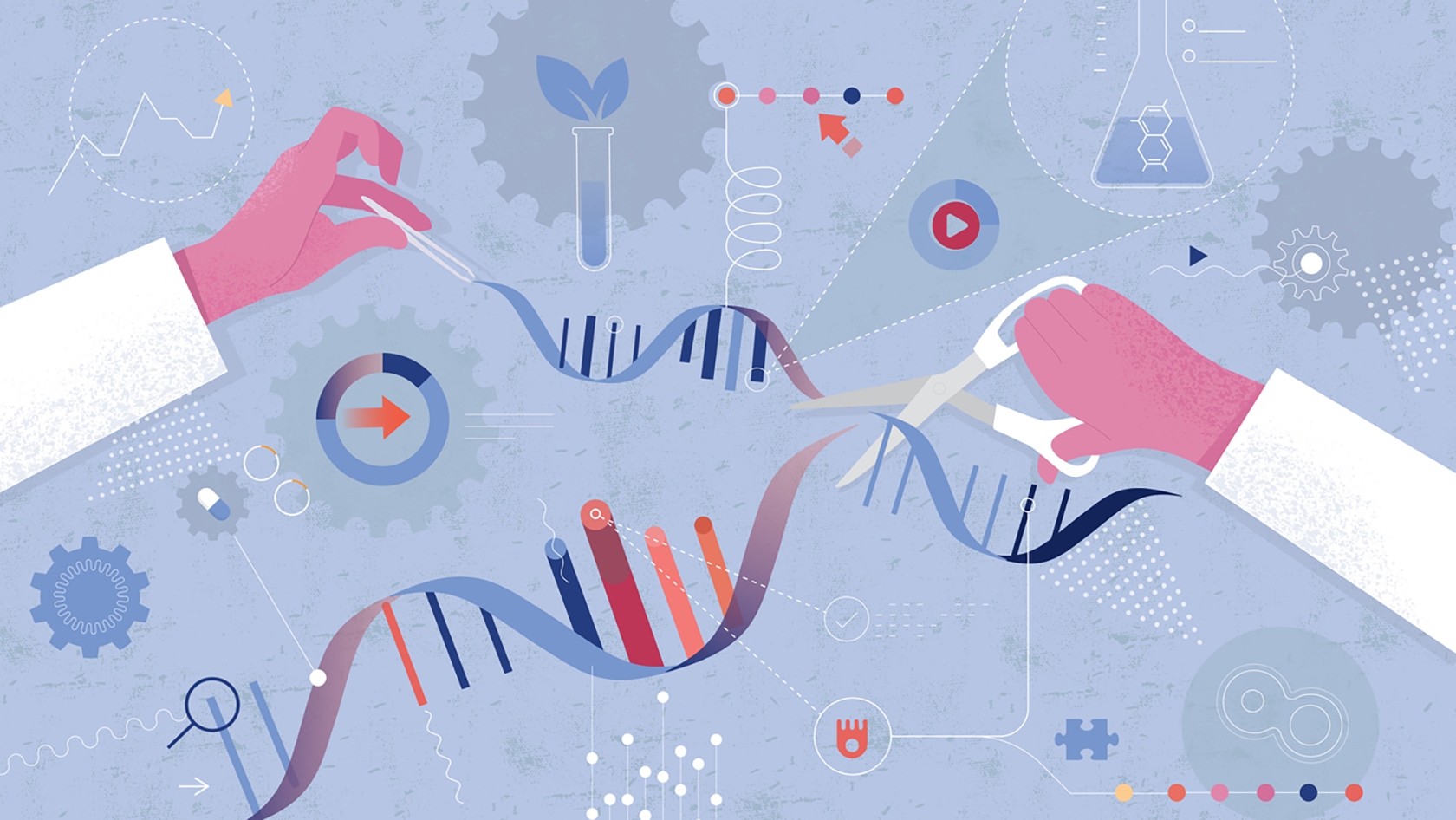We reach more than 65,000 registered users in Dec!! Register Now

New Methods for Effective Transport of Large Genes in Gene Therapy
- November 05, 2023
- 5 Views
- 0 Likes
- 0 Comment
One problem in gene therapy is that not all genes transfer equally well into the target cells. UZH researchers have now developed a flexible method to transfer large genes efficiently and without significant side effects. The approach has strong potential for therapeutic use.
Gene therapy currently represents the most promising approach for the treatment of hereditary diseases. Yet despite significant breakthroughs in recent years, there are still a number of hurdles that hinder the wider application of gene therapies. These include the efficient delivery of genetic material into target cells with minimal side effects using adeno-associated viral vectors (AAVs). The AAV carrier substances have an advantageous safety profile and high gene transfer efficiency, meaning they are often used in gene therapies and in gene editing with CRISPR/Cas. But, AAVs have limited DNA uptake capacity and cannot reliably transport larger genes.
In the past, various methods have been developed to circumvent these drawbacks. Such methods rely on splitting the coding DNA into two fragments that contain the ability to be rejoined in the target tissue. The disadvantage of these strategies, however, is that they are not very efficient and offer less flexibility for experimental design, as well as causing potential side effects.
Assembly at transcript leve
The team of Elvir Becirovic, professor of experimental and translational opthalmology at the University of Zurich, has now developed a novel approach to circumvent these drawbacks. This new method, called REVeRT (reconstitution via mRNA trans-splicing), also uses the principle of dual AAV vectors. However, unlike previous technologies, it relies on the assembly of split gene fragments at the transcript level.“The advantages of this method are increased efficiency and fewer side effects,” explains Becirovic. “It is also more flexible than previous methods, as the large genes can be divided into two fragments at various points.” His team has also developed the method for opthalmologic applications in cell cultures and successfully evaluated it in animal models under various conditions, for example to treat hereditary macular degeneration with gene therapy.
Possible therapies for various diseases
REVeRT is also suitable for use in gene therapies for other genetic or acquired diseases – such as various common blood disorders or diseases associated with aging. The new method can also find application in gene therapy studies using CRISPR/Cas genome editing. For such modules to be of therapeutic use, the coding DNA needs to be transferred into the target cells as efficiently as possible with the help of carriers such as AAVs. “With CRISPR/Cas further applications are possible, opening up new treatment options,” says Becirovic.Literature:
Lisa Maria Riemayer et al. mRNA trans-splicing dual AAV vectors for (epi)genome editing and gene therapy. Nature Commimcations, 18. Oktober 2023. Doi: 10.1038/s41467-023-42386-0.List of Referenes
- Lisa Maria Riedmayr, Klara Sonnie Hinrichsmeyer, Stefan Bernhard Thalhammer, David Manuel Mittas, Nina Karguth, Dina Yehia Otify, Sybille Böhm, Valentin Johannes Weber, Michael David Bartoschek, Victoria Splith, Manuela Brümmer, Raphael Ferreira, Nanda Boon, Gabriele Maria Wögenstein, Christian Grimm, Jan Wijnholds, Verena Mehlfeld, Stylianos Michalakis, Stefanie Fenske, Martin Biel, Elvir Becirovic. mRNA trans-splicing dual AAV vectors for (epi)genome editing and gene therapy. Nature Communications, 2023; 14 (1) DOI: 10.1038/s41467-023-42386-0
Cite This Article as
No tags found for this post









